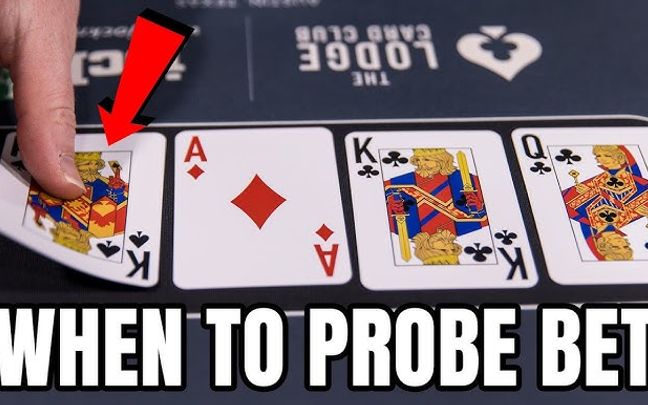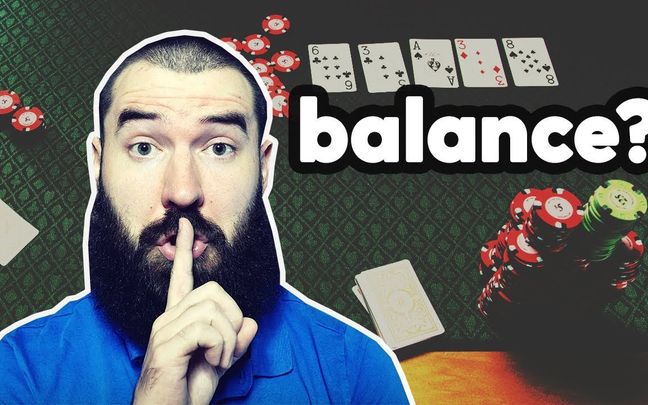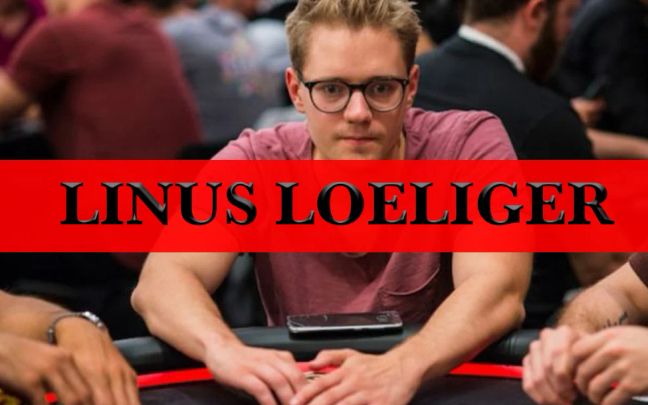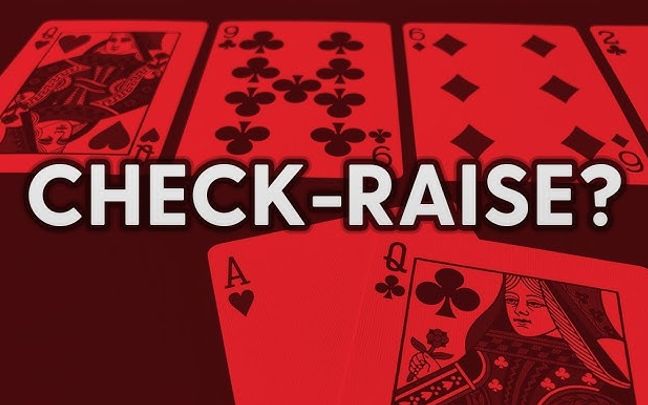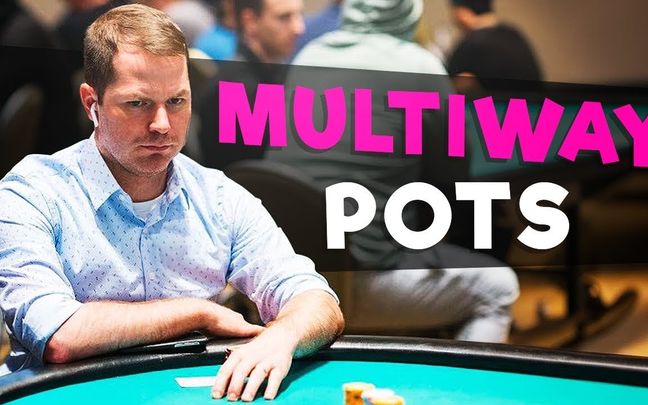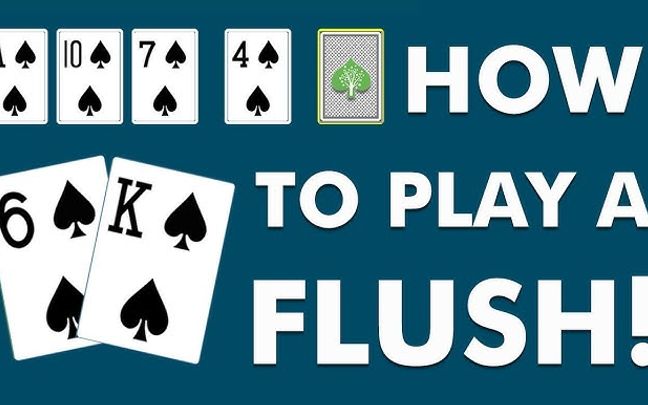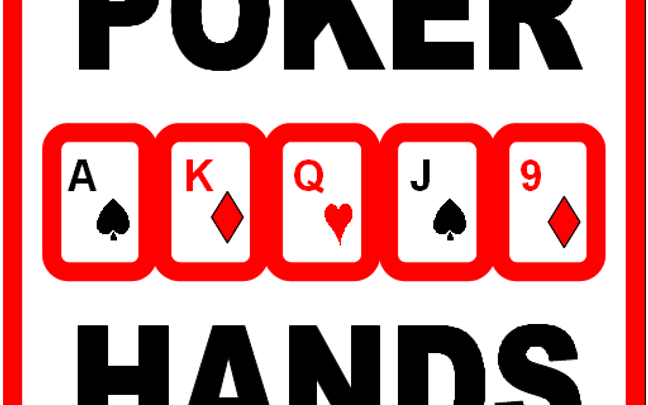Staking in poker is an intriguing concept that involves financial investment between players and investors in tournaments or cash games. This form of collaboration allows both parties to leverage skills and luck to achieve profit.
This article will help you gain a better understanding of how staking works, its benefits, risks, and the various forms it can take in poker.

What is Staking in Poker?
Staking in poker refers to the concept of financial investment in a tournament or poker game. In the poker environment, staking is commonly understood as one person (known as the “stake” or “backer”) investing money in a player (referred to as the “staker” or “player”) to participate in tournaments or cash games.
How Staking Works in Poker
When you want to enter a tournament with an entry fee that exceeds your financial capability, you can seek financial support from an investor.
The investor will cover part or all of the tournament entry fee in exchange for a share of the total prize money you win if you are successful. The distribution ratio is usually agreed upon before the event begins.
Benefits of Staking in Poker
Staking in poker is not just a financial method; it also provides numerous benefits for both players and investors, creating a sustainable ecosystem within the poker community.
Here are some specific benefits that staking in poker offers to both parties:
Benefits for Players
-
Opportunity to Participate in Tournaments: One of the greatest advantages of staking is that it allows you to enter tournaments you cannot afford on your own. Many major tournaments have very high entry fees, and not everyone has the budget to invest in them. Through staking in poker, you receive financial support from investors, enabling you to participate and showcase your skills without worrying about costs.
-
Focus on Playing Poker: When you don't have to worry about financial issues, you can fully concentrate on competing. This enhances your performance, reduces psychological pressure, and improves your decision-making ability in tense situations. This freedom often leads to better performances and a higher likelihood of achieving success.
-
Shared Risk: Staking in poker also allows you to share risks with the investor. If you happen to fail, you do not bear the entire financial burden; instead, you only lose a portion corresponding to the amount you contributed or the initial agreement. This provides peace of mind, allowing you to play with more confidence.
Benefits for Investors
-
High Profit Potential: For investors, staking in poker can yield significant profits if the player succeeds. Investors can receive rewards based on the agreed-upon ratio, and if the player performs well in major tournaments, the profits can be substantial. This creates an attractive opportunity for those looking to invest in poker without needing to compete directly.
-
Risk Control: Investors can also manage their risk by choosing which players they want to invest in. They can assess the player's skills, experience, and playing style before making an investment decision. This helps minimize the chance of loss and enhances the likelihood of success in their investments.
-
Building Relationships: Staking in poker is not merely a financial transaction; it also fosters sustainable relationships between investors and players. If the player succeeds, the investor may continue to support them in future tournaments, creating a long-term collaborative relationship that benefits both parties.
Risks of Staking in Poker
However, staking in poker also comes with certain risks. For investors, there is a possibility of losing money if the player does not succeed. For players, reliance on investors can create pressure, especially if they feel the need to achieve good results to avoid disappointing the investor.
Therefore, clear communication and transparent agreements are crucial in the staking relationship in poker.

Forms of Staking in Poker
Staking in poker provides players with the opportunity to participate in tournaments or cash games that they cannot afford. Below are some common forms of staking in poker that players and investors can utilize.
Full Staking in Poker
The full staking form in poker occurs when an investor covers the entire entry fee for a player.
This means the player does not need to invest any money, while the investor will receive a share of the prize money based on a previously agreed-upon ratio. This form is often used in major tournaments, where skilled players may lack the necessary funds.
With this arrangement, investors can achieve high profits if the player succeeds, while players can focus entirely on competing without financial worries.
Partial Staking in Poker
In the partial staking form, the investor only pays a portion of the entry fee instead of the entire amount.
This means that both parties share the risks and rewards from the tournament or cash game. Partial staking offers greater flexibility for both sides, as the investor does not have to bear all the risk, and the player can participate without needing to contribute the full amount.
Typically, the ratio of prize sharing is determined based on each party's contribution. This form enhances cooperation while providing opportunities for talented players with limited funds.
Proportional Staking in Poker
Proportional staking in poker is a form in which both parties agree on a prize-sharing ratio based on the amount each has contributed.
For example, if a player needs $1,000 to enter a tournament and the investor contributes $500, the investor will receive 50% of the prize.
This form is not only fair but also motivates both parties. The player feels a greater sense of responsibility to perform well to protect the investor's investment, while the investor can track the player's progress and feel satisfied when they succeed.

The various forms of staking in poker not only create opportunities for players to participate in tournaments but also provide benefits for investors.
Each form has its own advantages and disadvantages, so choosing the appropriate type depends on the needs and financial situations of both parties. Whether it is full, partial, or proportional staking, the collaboration between players and investors can lead to exciting and potentially rewarding experiences in the world of poker.


